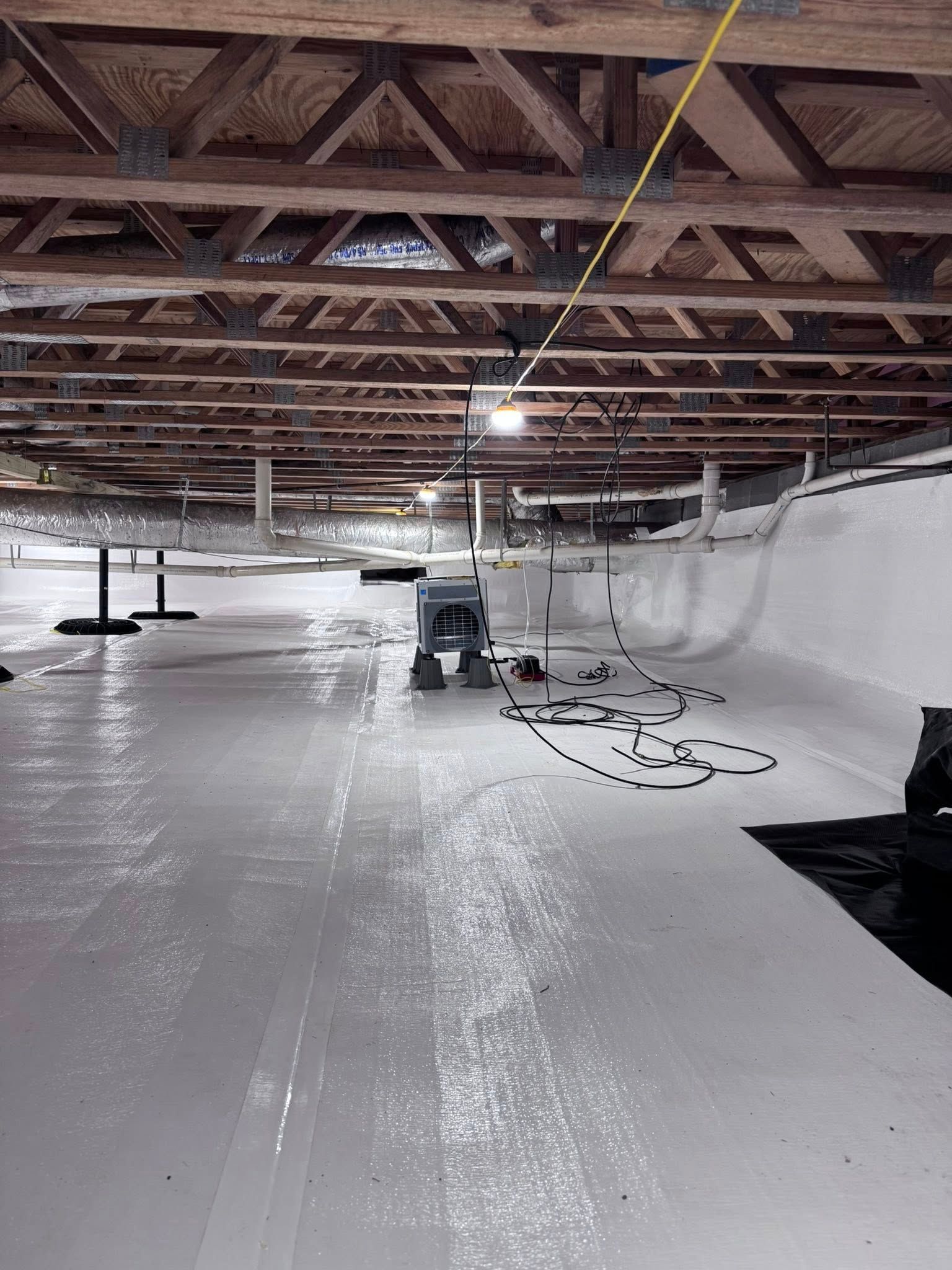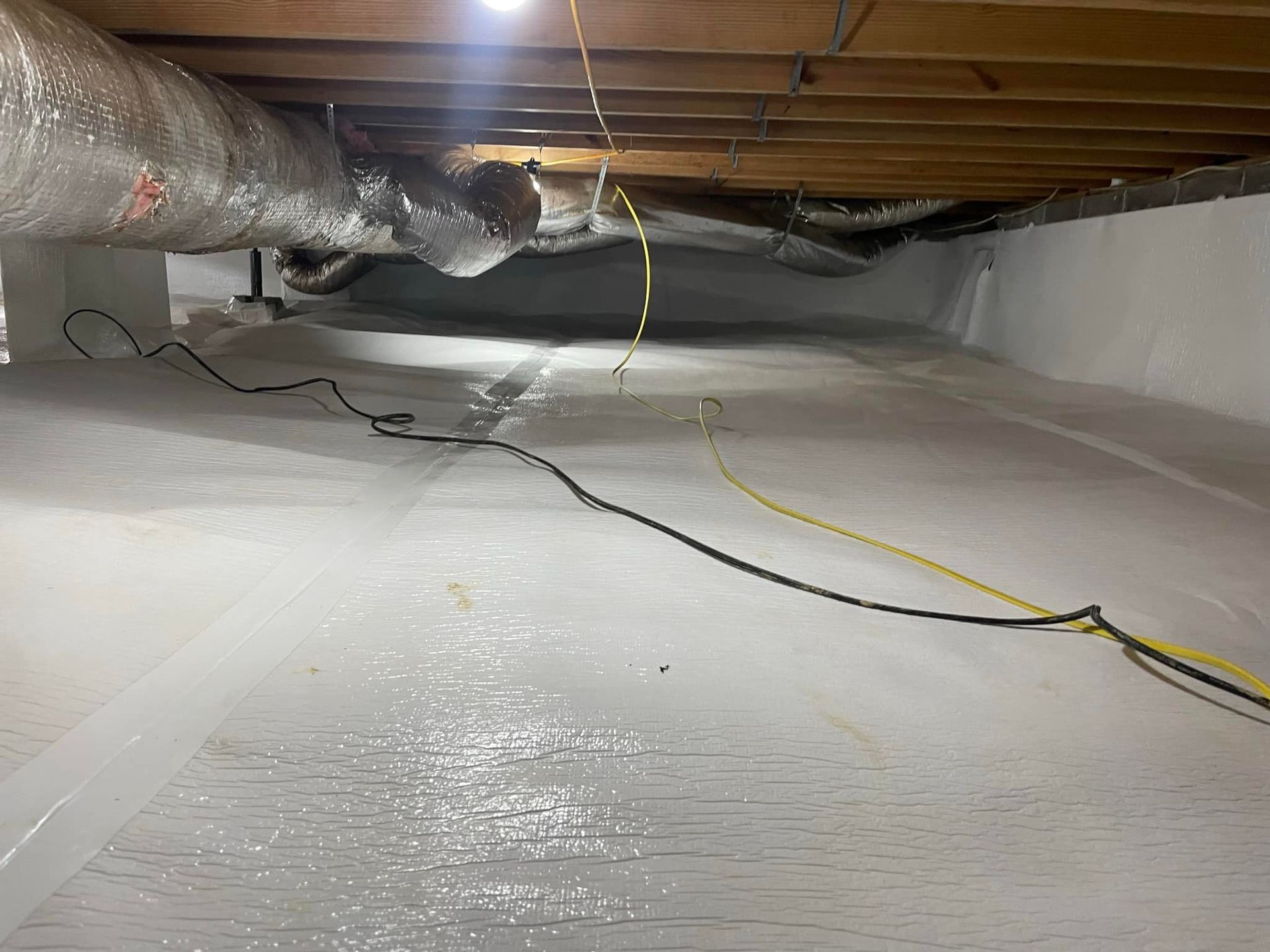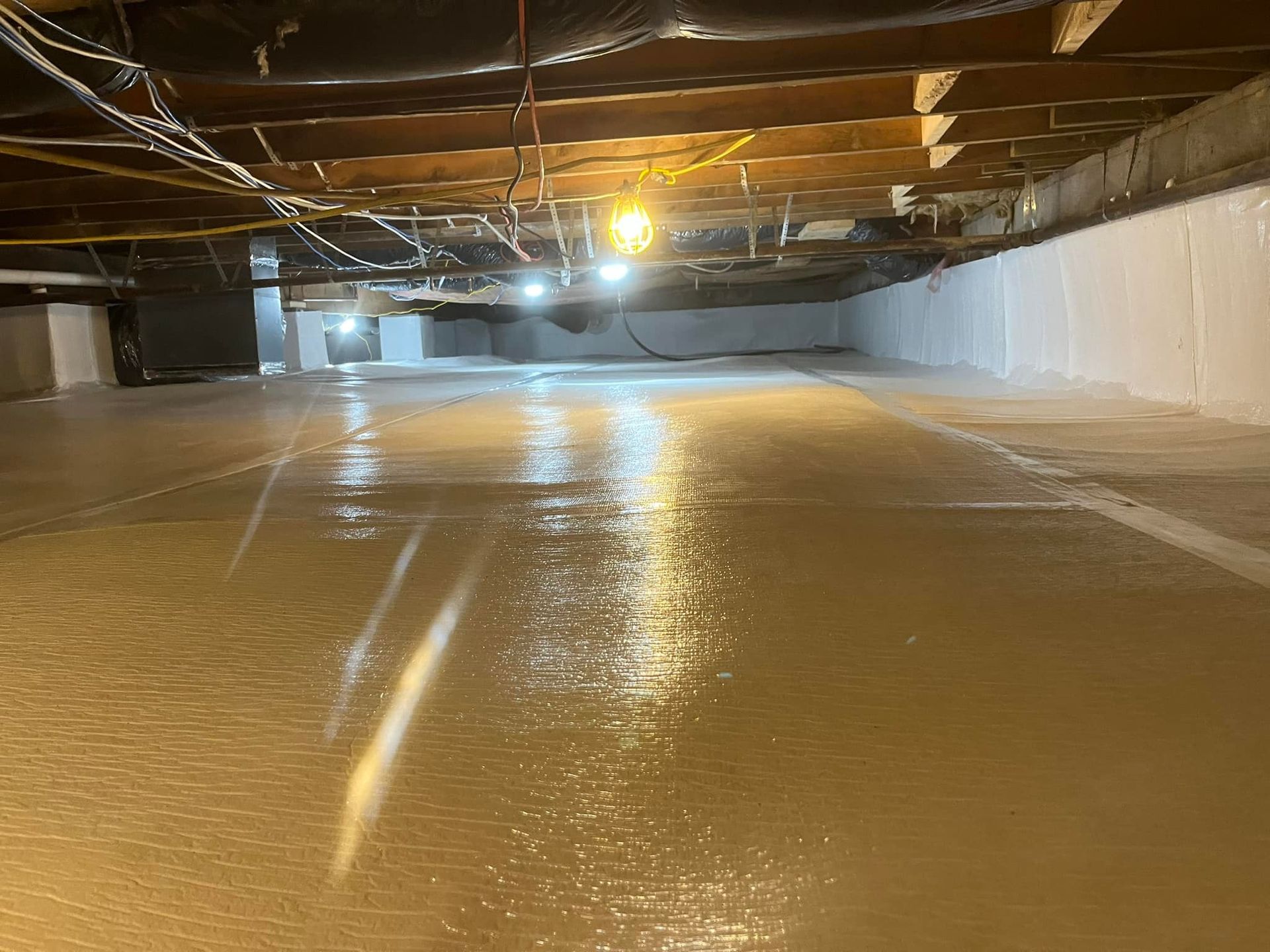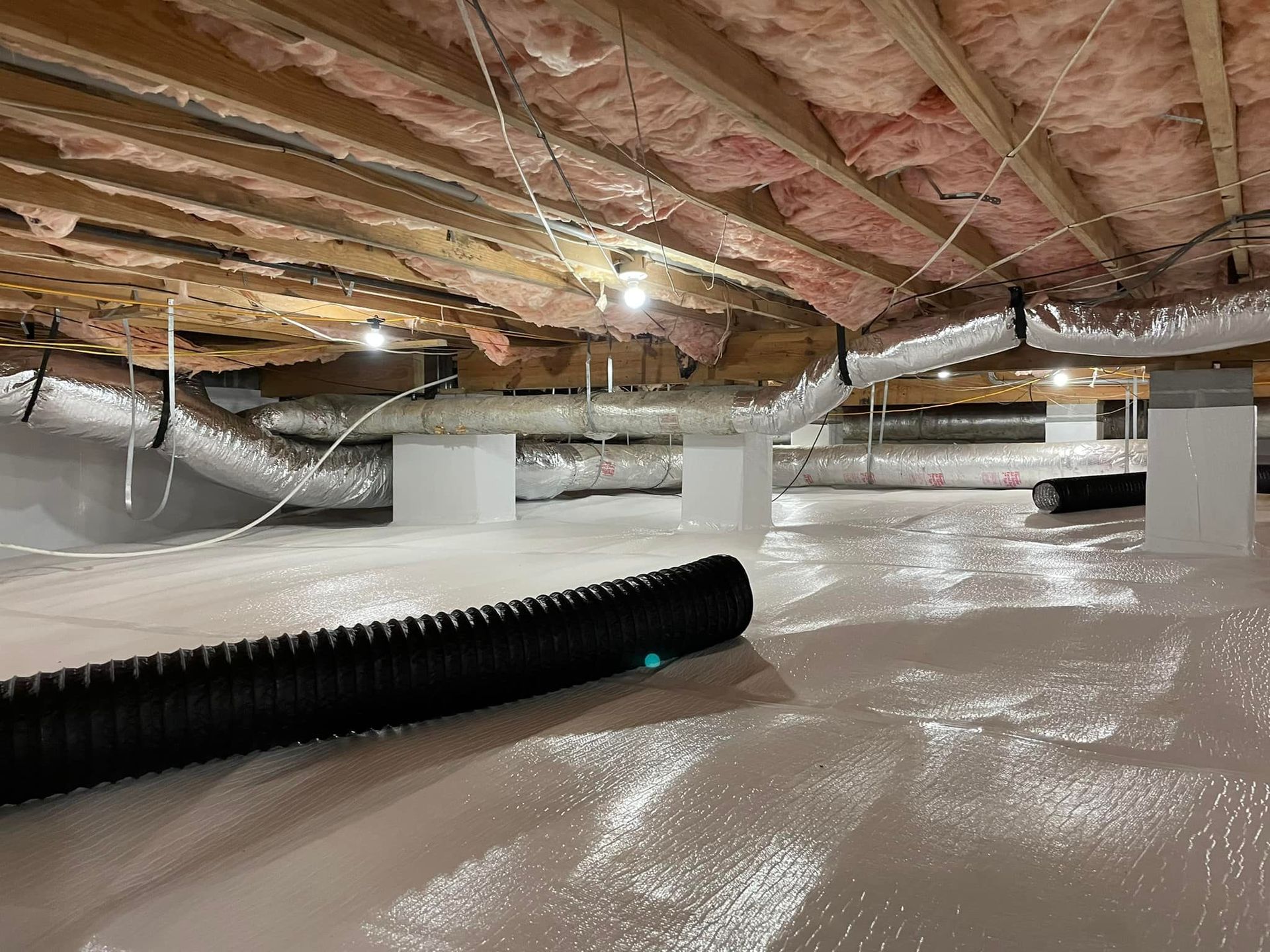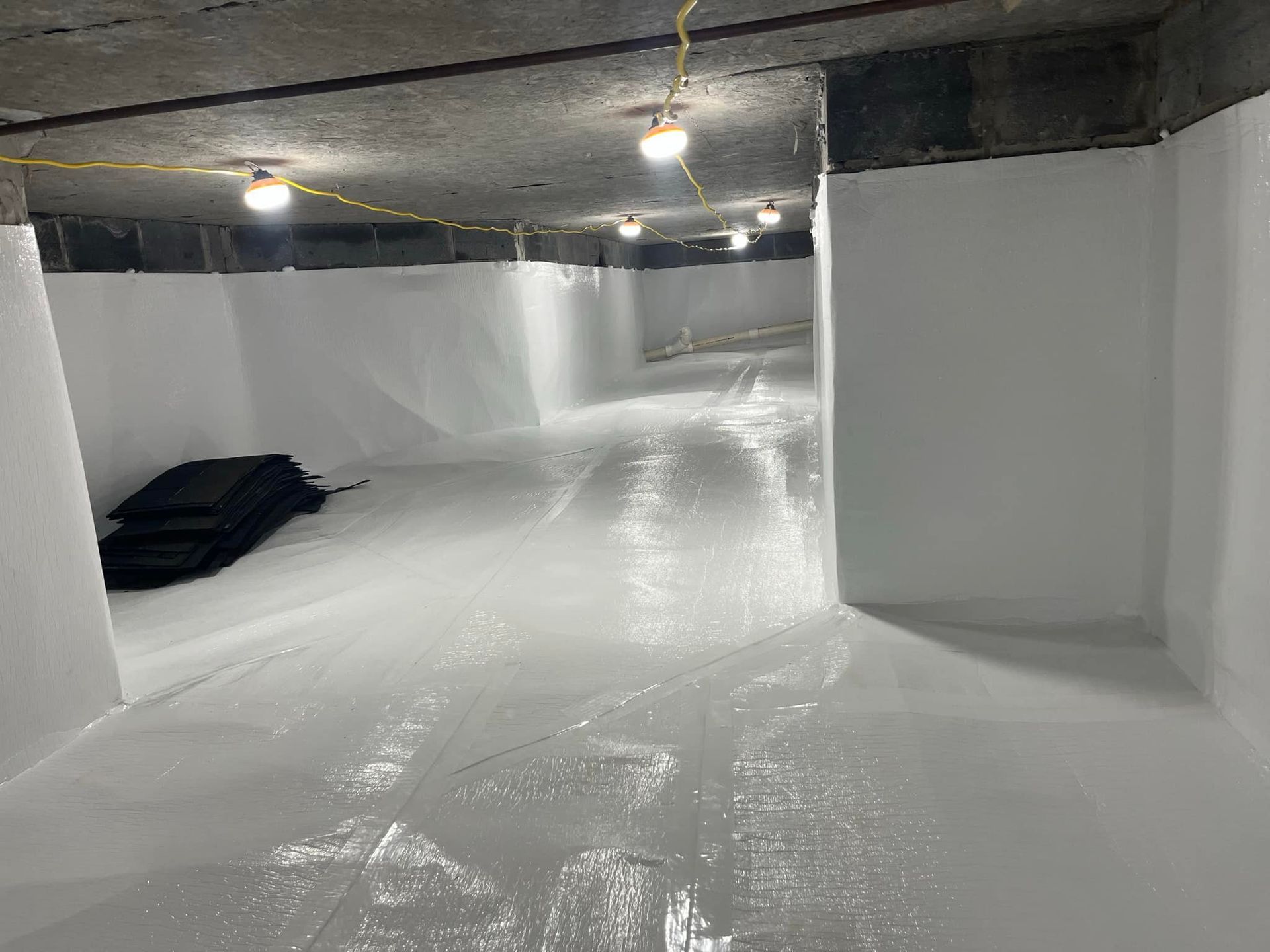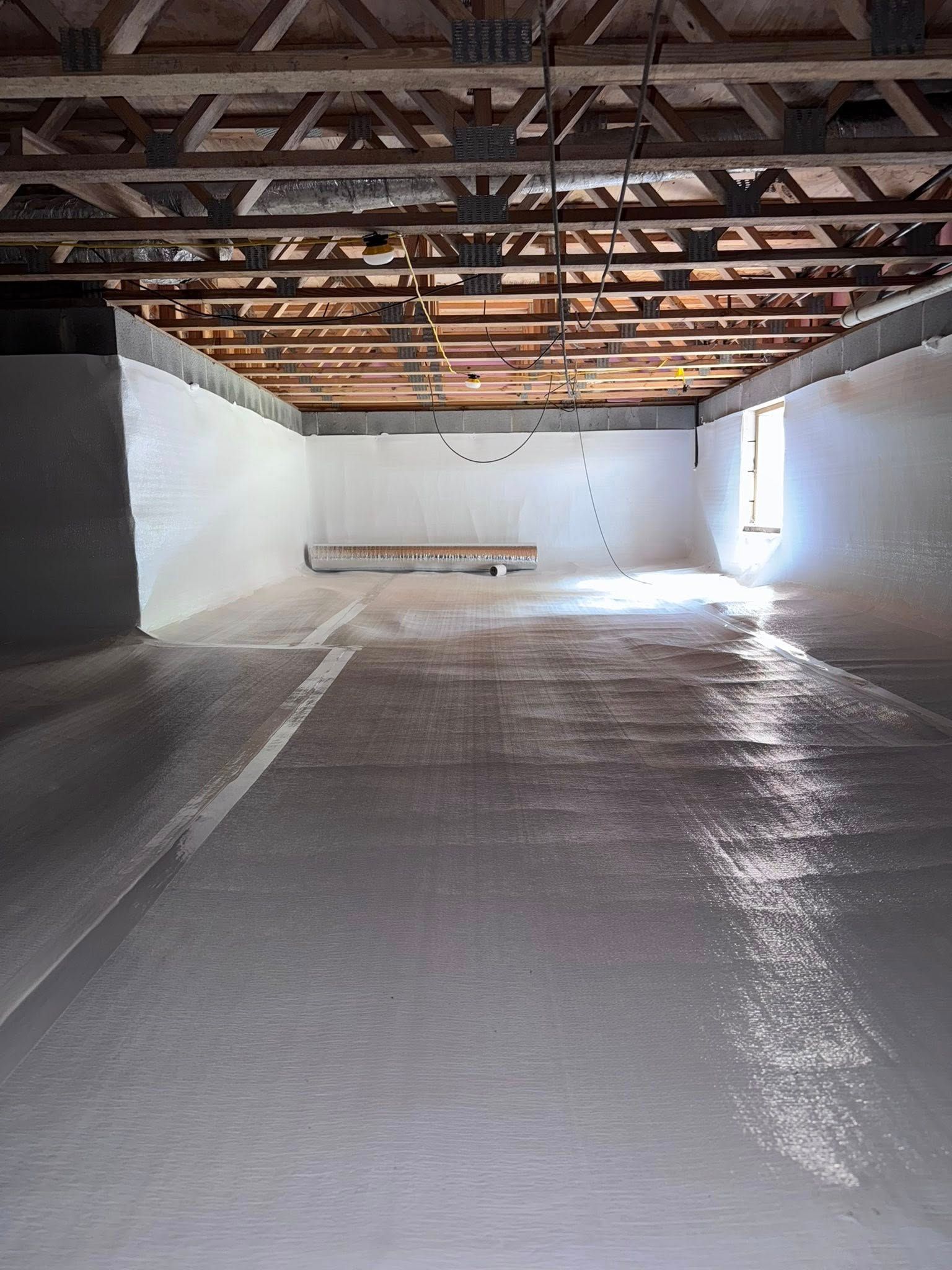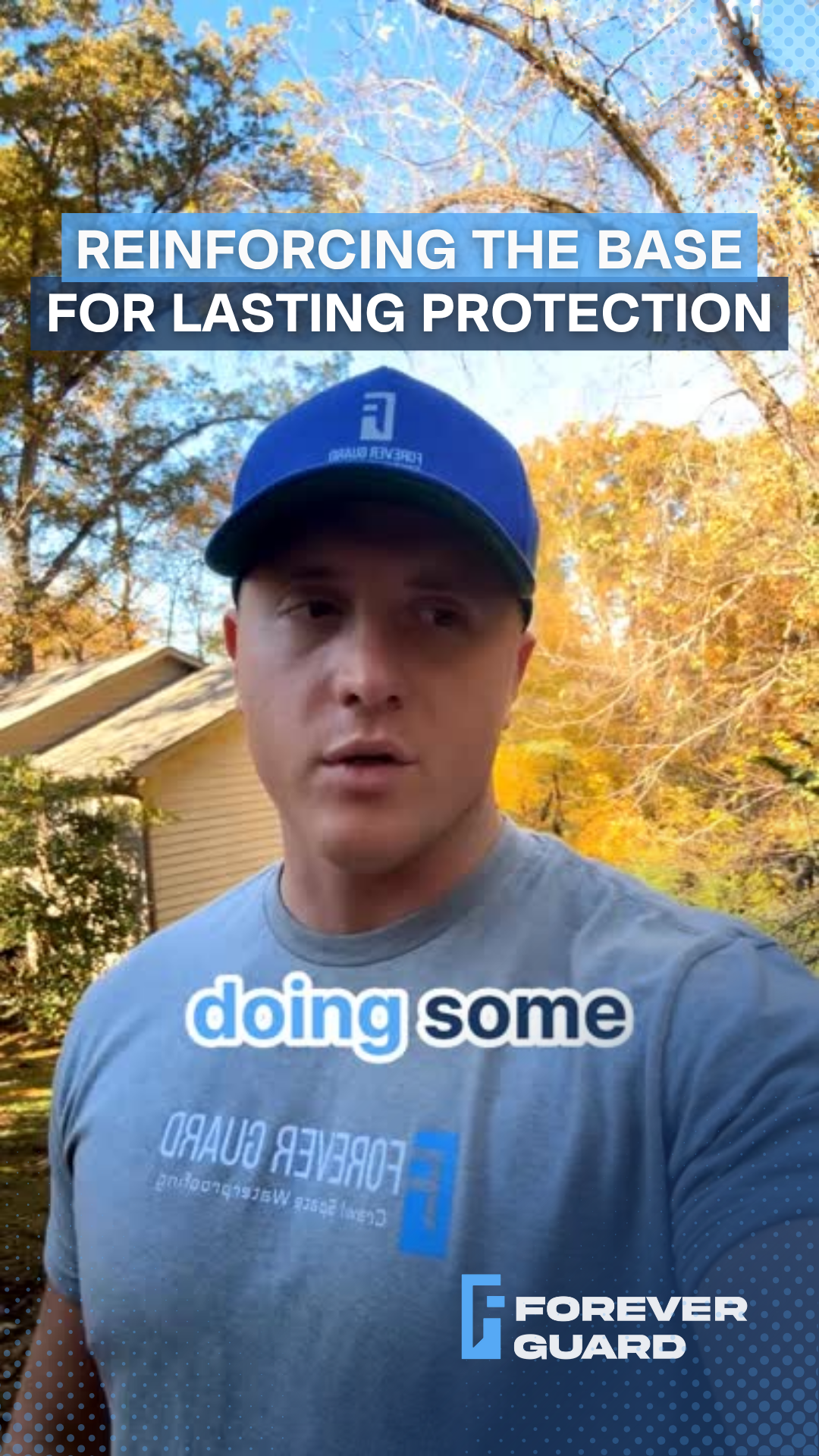How Property Slope Turns Your Crawl Space Into a Collection Point
Understanding Why Water Flows to Your Foundation (And What to Do About It)
A crawl space expert explains the hidden drainage problem affecting thousands of homes
I was doing an inspection in Sweetwater recently, and the homeowner couldn't figure out why they kept having water problems in their crawl space.
They'd tried fixing it before, but the water kept coming back.
The answer was right there in how their property slopes.
The front of the house sits lower than the back, creating a natural path for water to flow forward and collect along the front foundation wall.
Every time it rains, water runs downhill and pools in the worst possible spot - right up against their foundation.
This isn't a rare problem. I see it all the time.
When builders grade a property, they don't always account for how water will move around and under the house.
Over time, settling can make the problem worse.
Reading the Signs: What Water Leaves Behind
Water doesn't just show up and disappear without a trace. It leaves clear evidence of where it's been and how often it comes back.
In this Sweetwater crawl space, the story was written all over the foundation. Water lines ran along the entire front wall, showing how high the water rises when it collects. On the ground, dried dirt residue marked where puddles had evaporated. There was even standing water still present during the inspection.
These aren't signs of a one-time event. The patterns show repeated water entry over months or years. Each time water comes in, it sits against the foundation, soaks into wood, and creates conditions for decay. Then it evaporates, leaving behind evidence and damage.
The Domino Effect: Water Leads to Everything Else
Here's what most people don't realize - water problems in your crawl space never stay simple. They trigger a chain reaction of issues that get worse over time.
In this crawl space, the water entry had already caused white rot wood decay fungus to spread across the wooden structures. This type of fungus eats away at the wood's strength, threatening the stability of your floor system.
But it didn't stop there. The moisture and compromised vapor barrier created perfect conditions for mice. They moved in, tore holes throughout the barrier, left droppings everywhere, and made the moisture problem even worse. Now we're dealing with structural concerns, pest issues, and air quality problems - all stemming from that original water entry.
Why Simple Fixes Don't Work
I've seen plenty of homeowners try to fix crawl space water problems on their own. They might patch the vapor barrier or add a dehumidifier. Sometimes they'll even try to redirect water at the surface level.
The problem is, none of these approaches address what's actually happening. When your property slopes toward your foundation, water will always find its way to that low point. You can patch and pump all you want, but the next heavy rain brings the same problem right back.
Understanding how water moves across your property is the key. If you don't control where water flows and give it a proper exit path, you're just treating symptoms instead of solving the real issue.
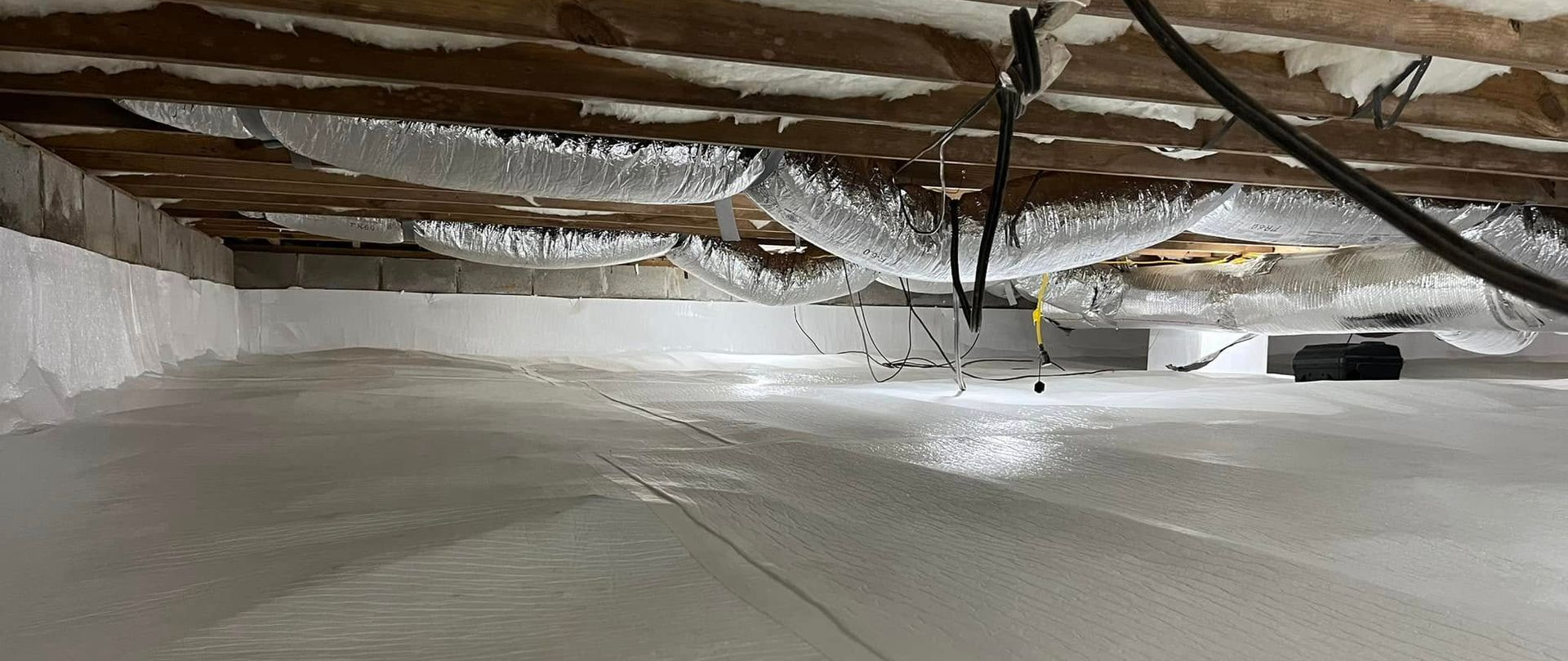
The Right Way to Solve Drainage Problems
The solution comes down to controlling water before it becomes a problem. For this Sweetwater property, that means installing drainage along the front wall where water collects.
A perimeter drainage system catches water as it enters, channels it to a sump pump at the lowest point, and pumps it out and away from the crawl space. This stops the cycle of water entry before it can cause damage.
Then we seal everything with proper encapsulation. This kills existing fungal growth, eliminates the moisture that attracts pests, and protects against future problems. It's not just about fixing one issue - it's about creating a system that solves multiple problems at once and prevents them from coming back.
Protect Your Foundation Before Damage Spreads
Water damage in crawl spaces doesn't stay contained. What starts as standing water against your foundation wall turns into wood decay, pest problems, and structural issues that affect your entire home.
The longer water sits in your crawl space, the more expensive the fix becomes. Those water lines on the foundation walls aren't just stains - they're warning signs that damage is accumulating with every rain.
If you're seeing signs of water entry, musty smells, or evidence of moisture in your crawl space, don't wait for the problem to get worse. We'll assess your property's drainage, identify where water is entering, and give you honest recommendations about what needs to be done.

